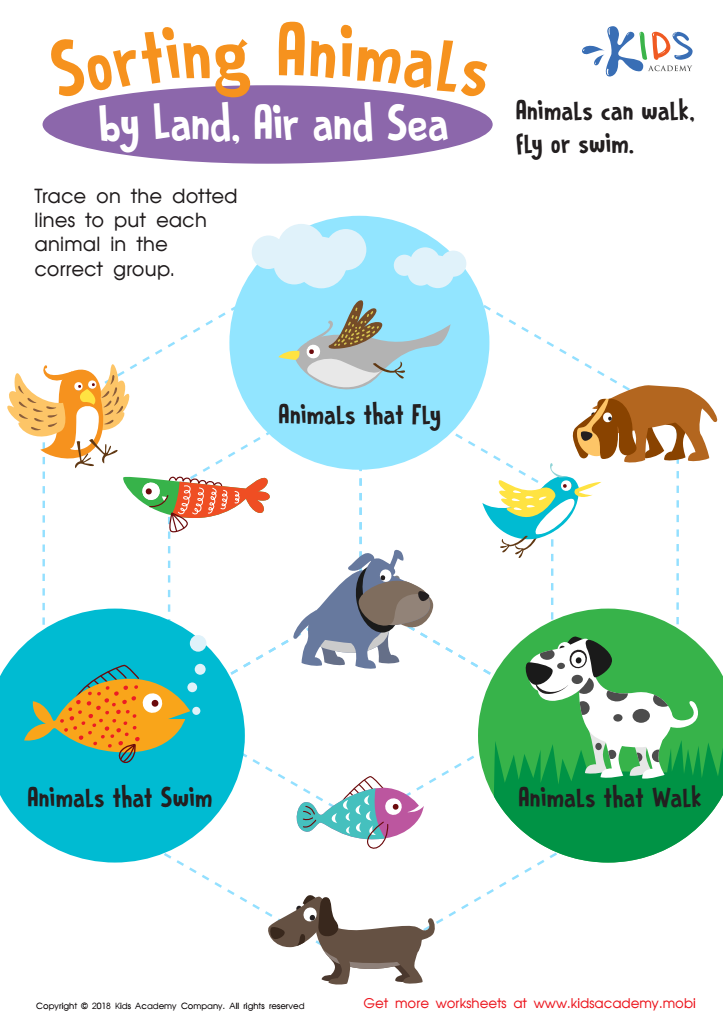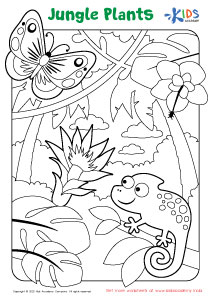Animal Classification Animals Worksheets for Ages 5-7
5 filtered results
-
From - To
Introduce young minds to the wonders of the animal kingdom with our "Animal Classification Animals Worksheets for Ages 5-7." These engaging, age-appropriate printable worksheets are designed to help children identify and classify different animals, fostering curiosity and knowledge about the natural world. Through fun activities and clear illustrations, kids will learn to recognize various species and understand their unique characteristics. Ideal for both classroom and home learning, these worksheets support early scientific thinking and promote developmental skills such as observation, comparison, and critical thinking. Give your young explorers the tools to discover and classify animals with enthusiasm and confidence!


Mammals and Reptiles Worksheet


Sorting Animals Worksheet


Fur or Feathers? Worksheet


Sorting Animals by Land, Air and Sea Worksheet


Classifying Animals Worksheet
Introducing animal classification to children ages 5-7 is crucial for several key reasons. Firstly, it lays the foundation for scientific thinking and fosters curiosity. Exploring different animal groups helps young learners develop observation skills and understand concepts such as similarities and differences, which are essential for cognitive growth.
Secondly, understanding animal classification nurtures a child's early knowledge of biology and natural sciences. This can inspire a lifelong interest in the environment and conservation efforts. For example, by learning about various habitats and the needs of different animals, children become more aware of the importance of protecting ecosystems and are more likely to develop empathy towards living creatures.
Thirdly, animal classification enriches vocabulary and language development. Children are introduced to new terms and concepts, which can enhance their communication skills. Discussions about animals often lead to broader conversations about life sciences, aiding language acquisition and critical thinking.
Lastly, engaging lessons on animals can be intrinsically motivating and entertaining. Stories, visual aids, and hands-on activities related to animal groups captivate young minds, making learning both fun and effective. Animal classification provides a versatile and engaging way to meet educational goals while also promoting a love for learning and discovery in children.

 Assign to My Students
Assign to My Students





%20(1).jpg)















